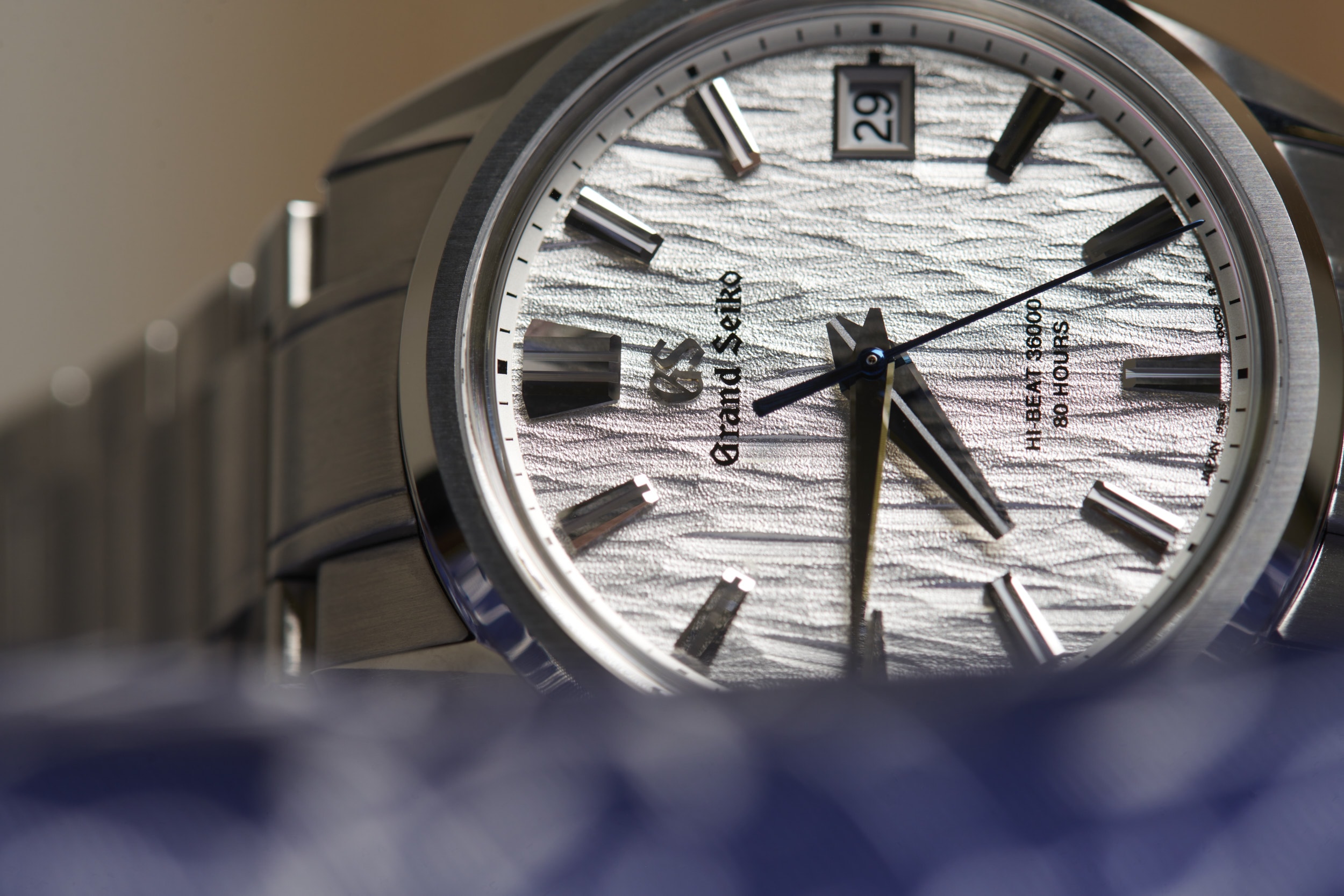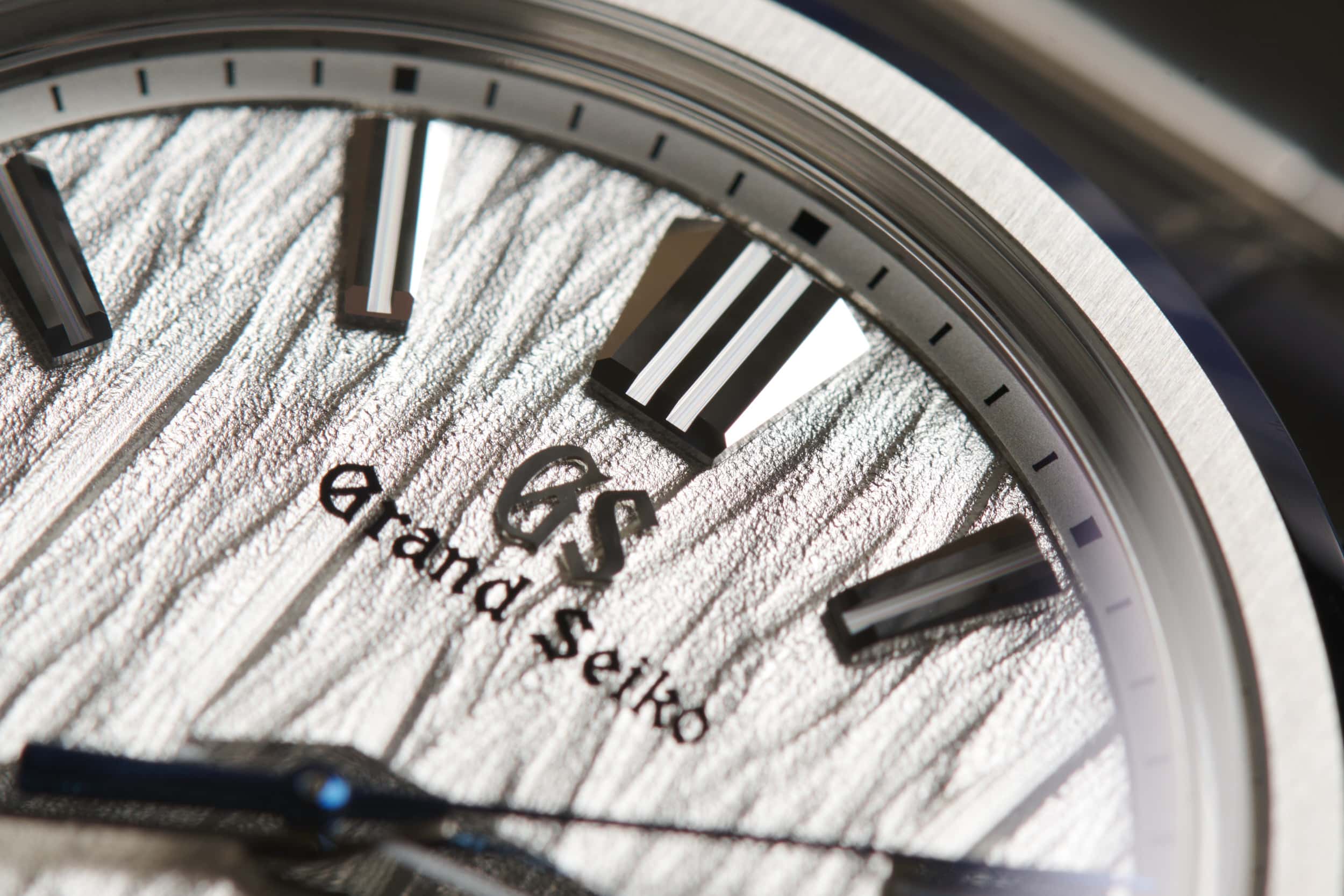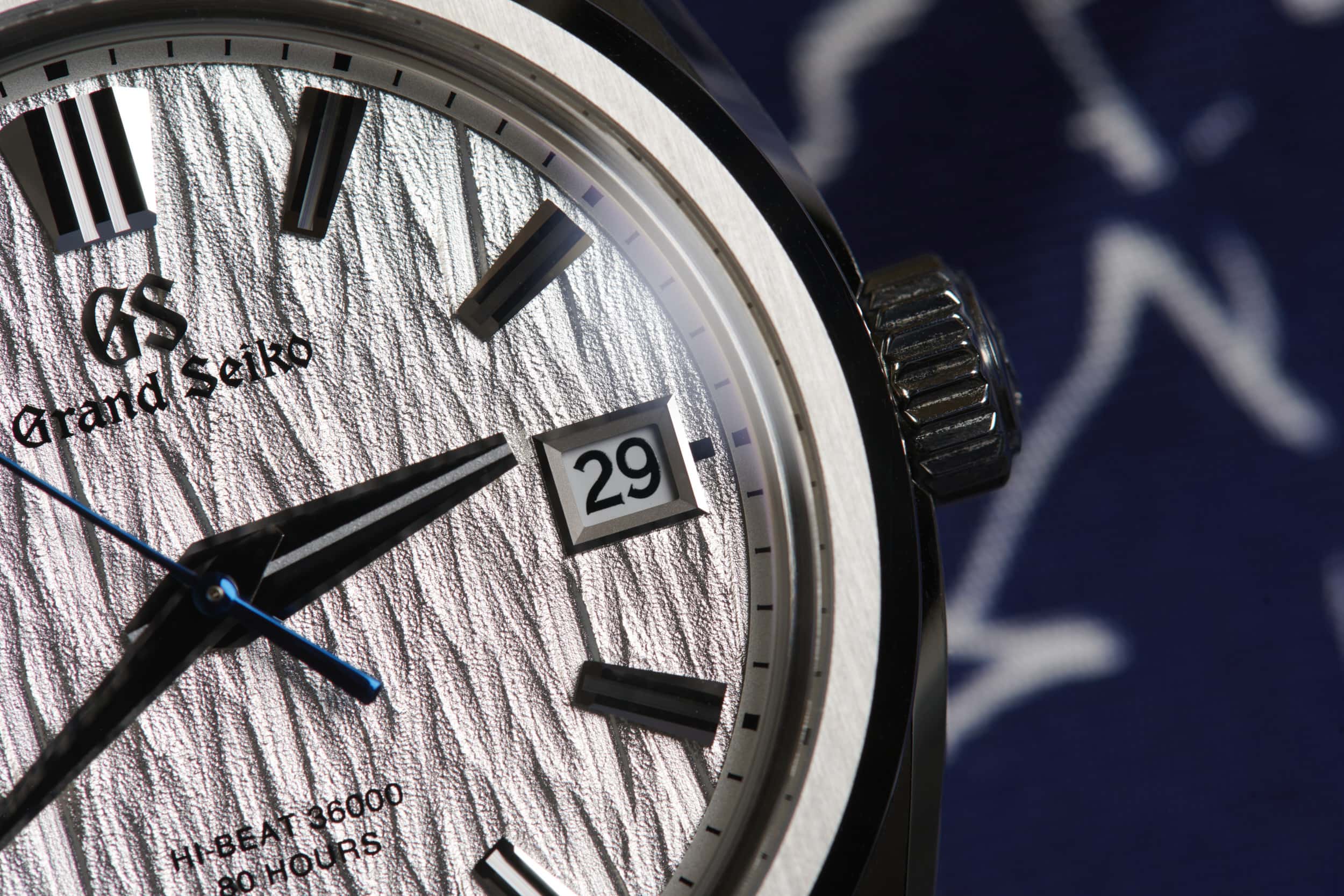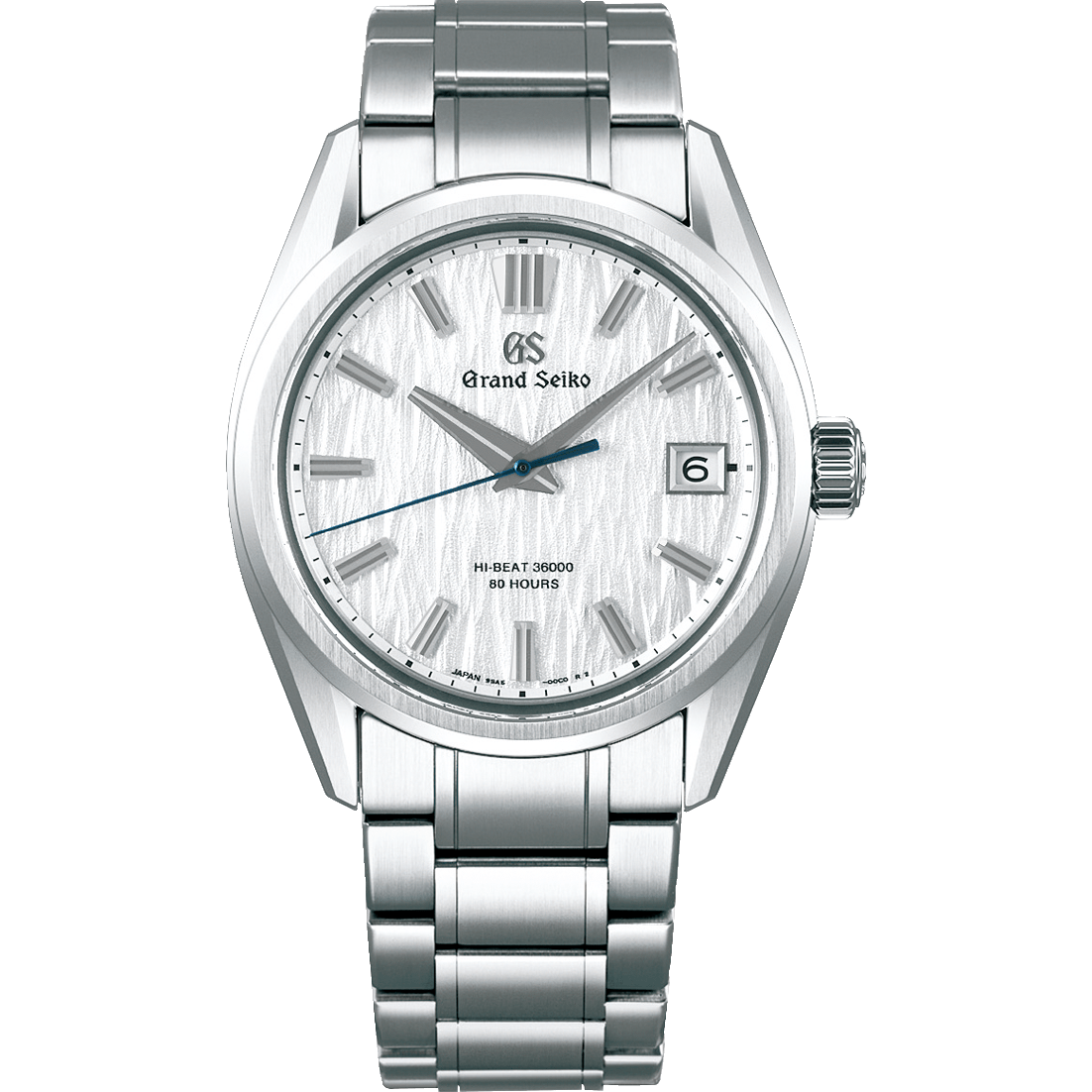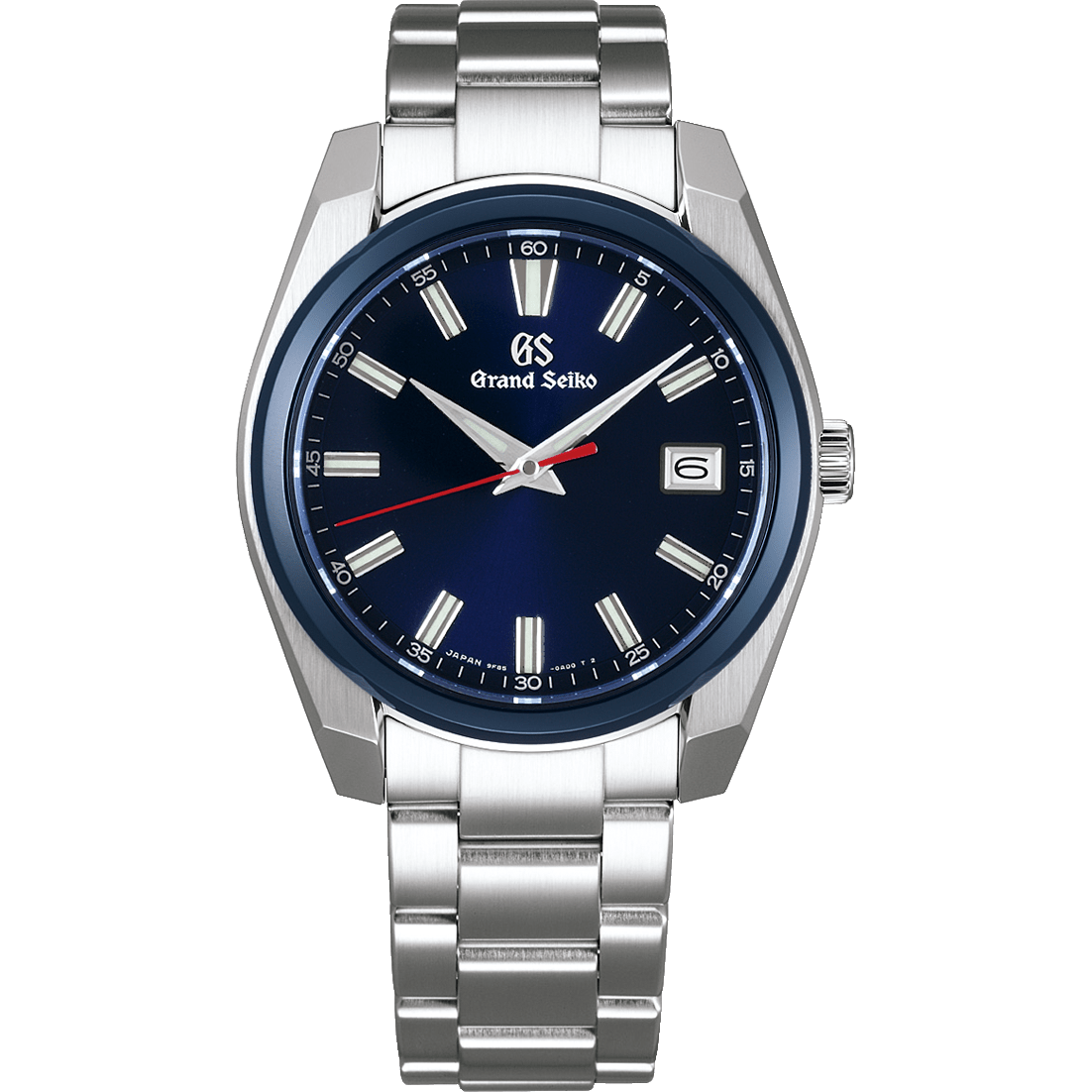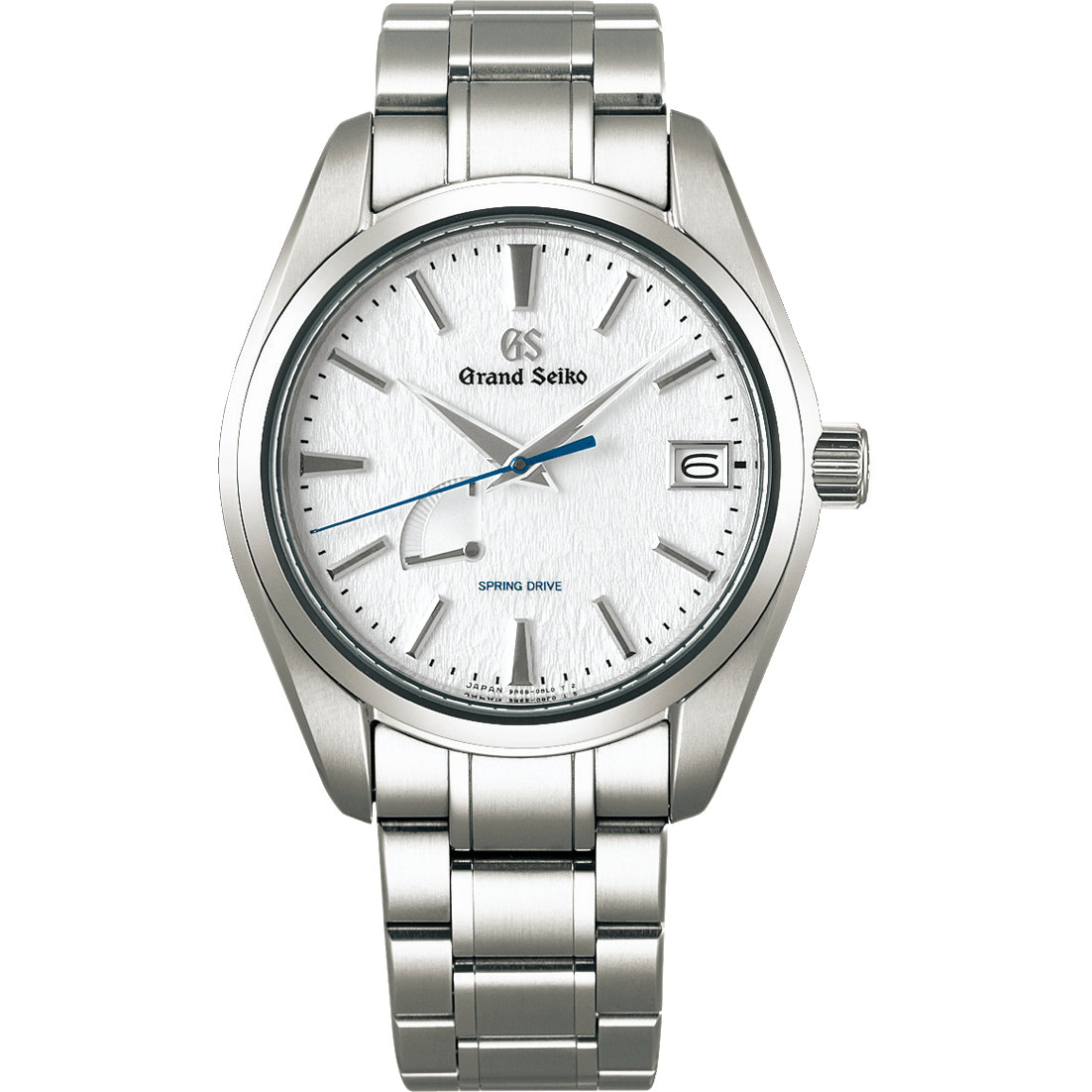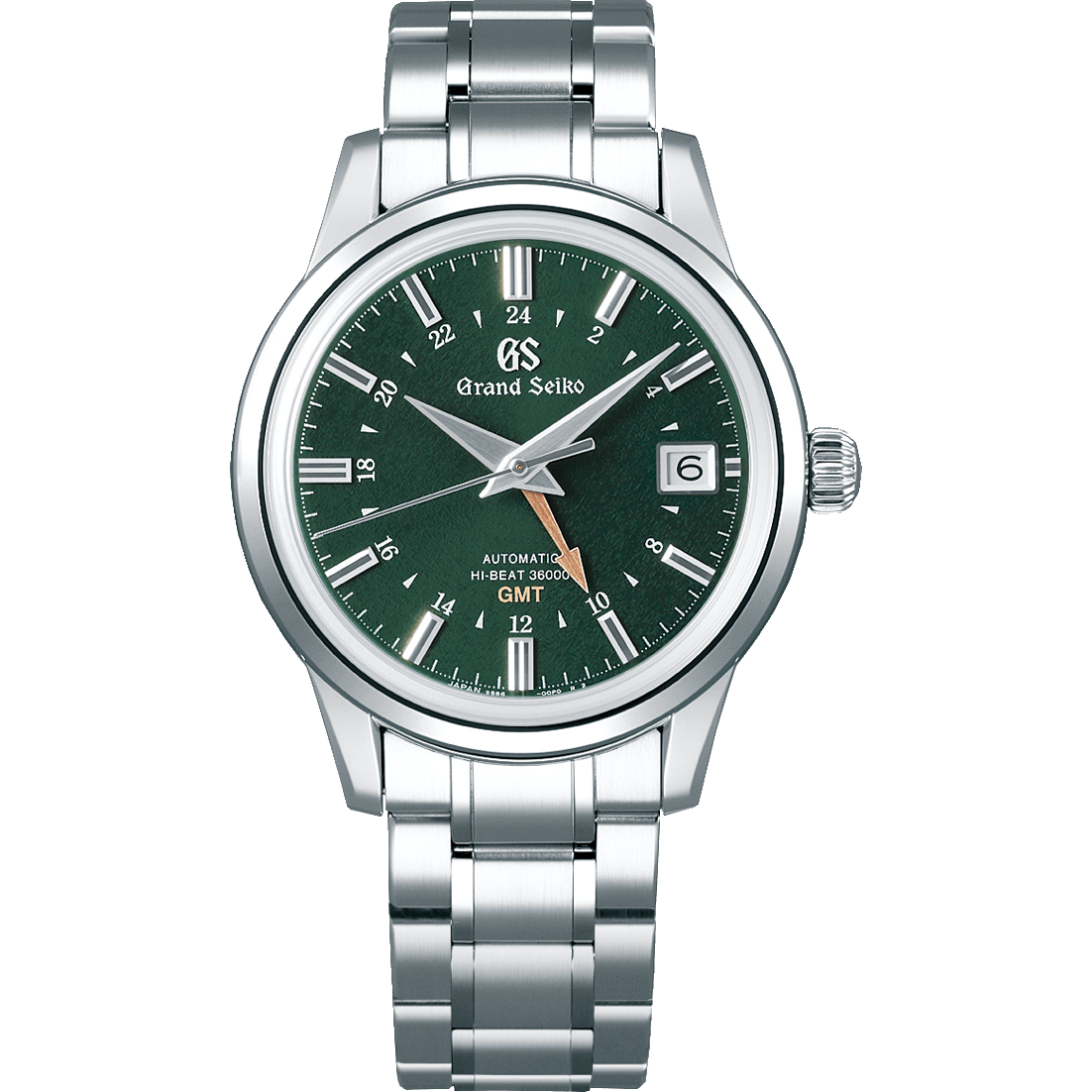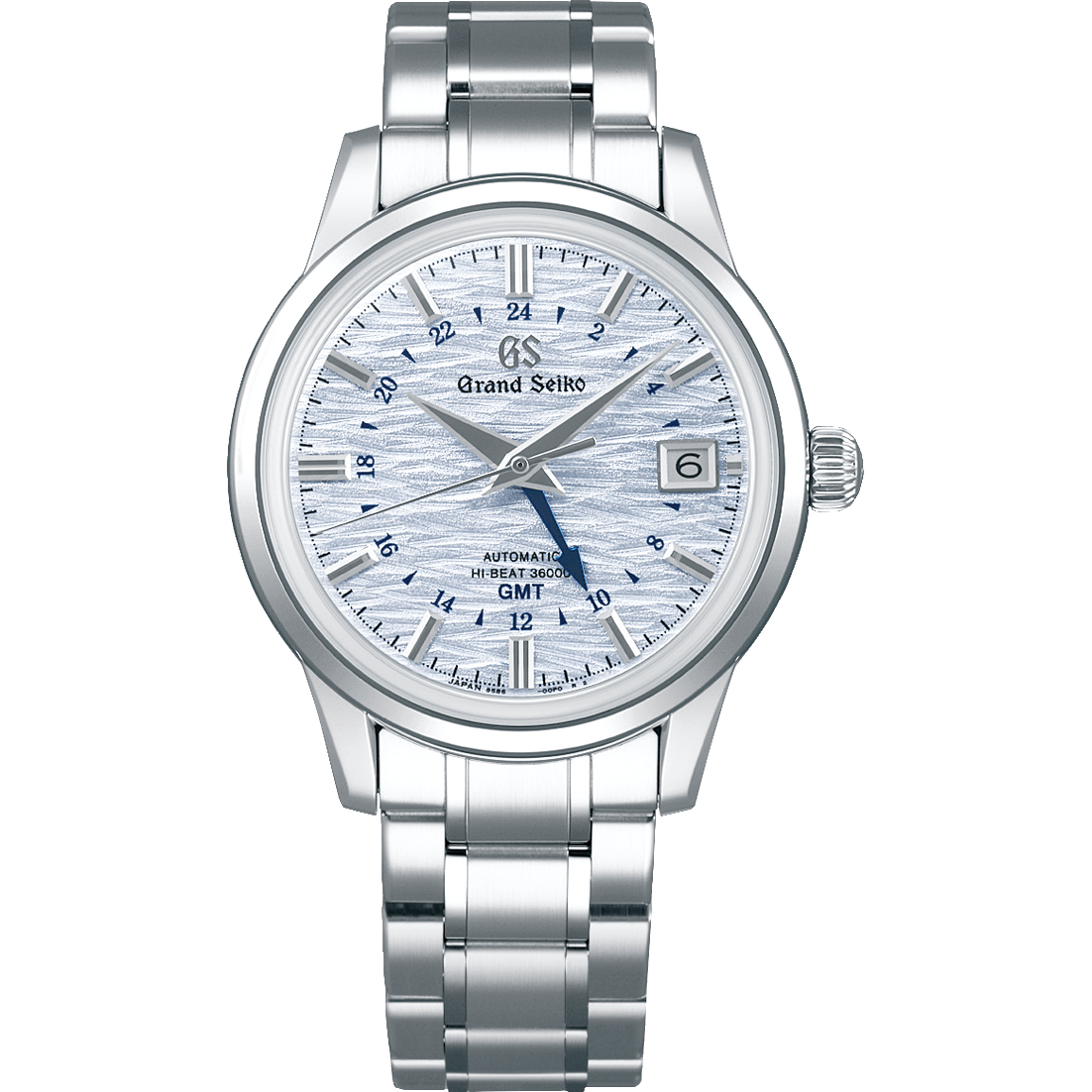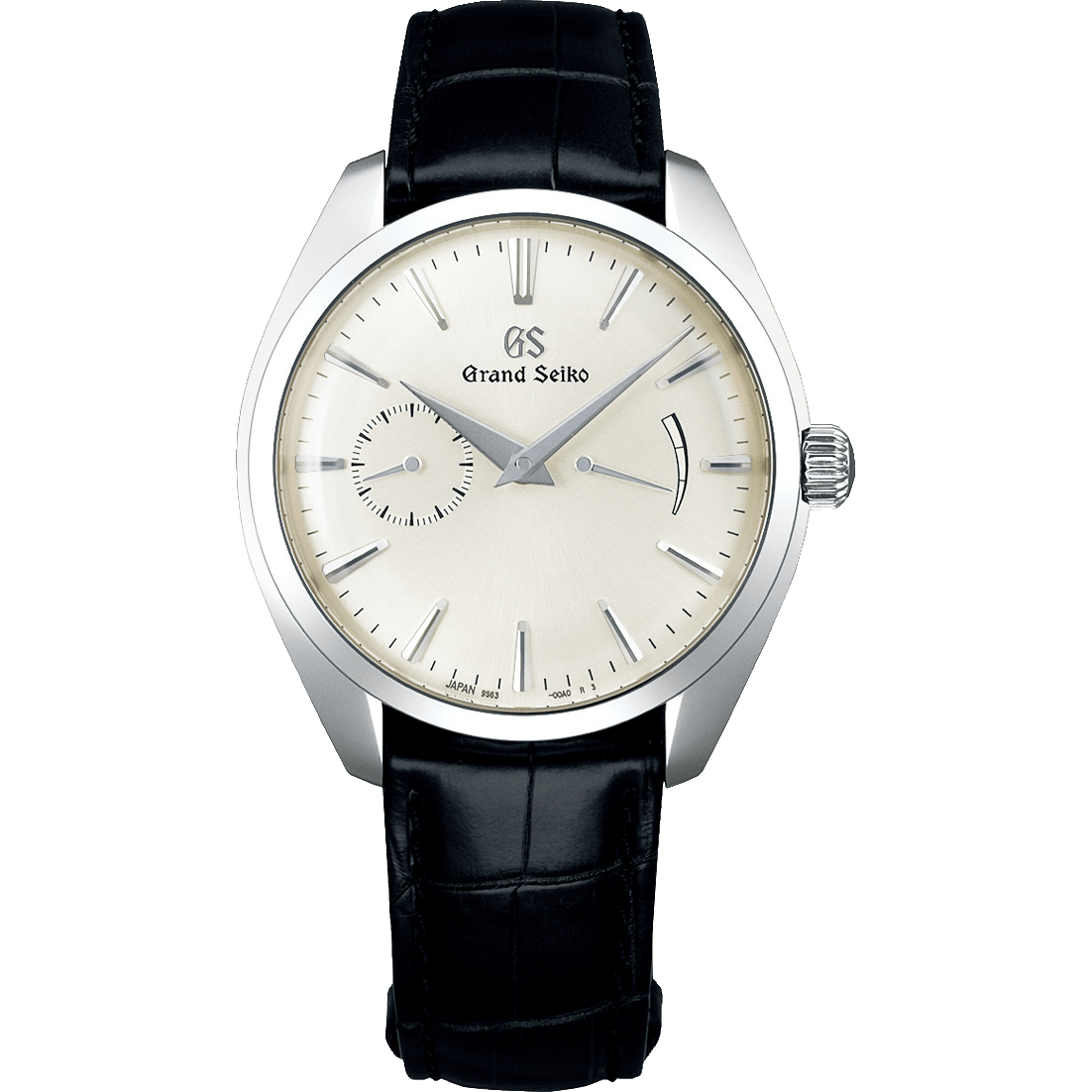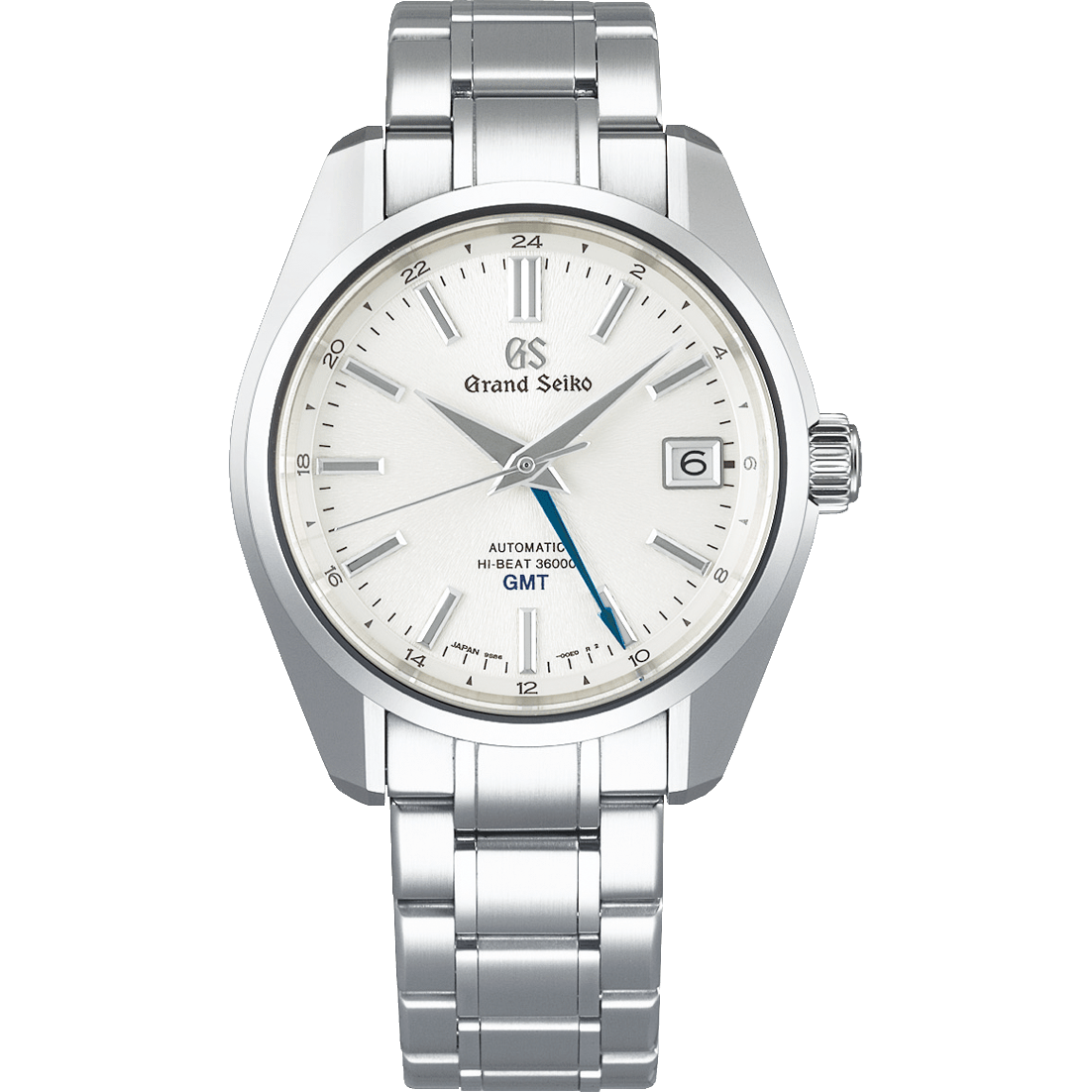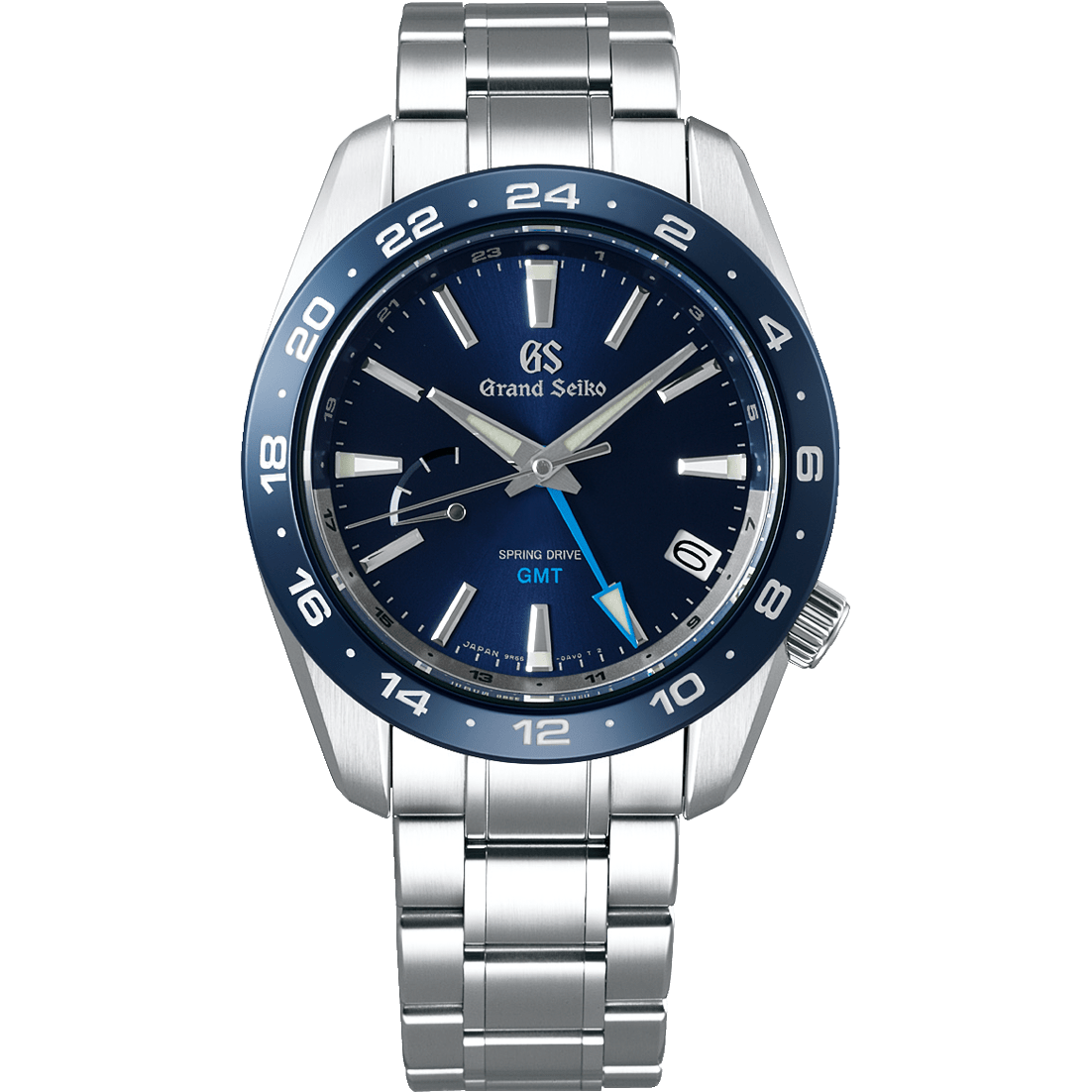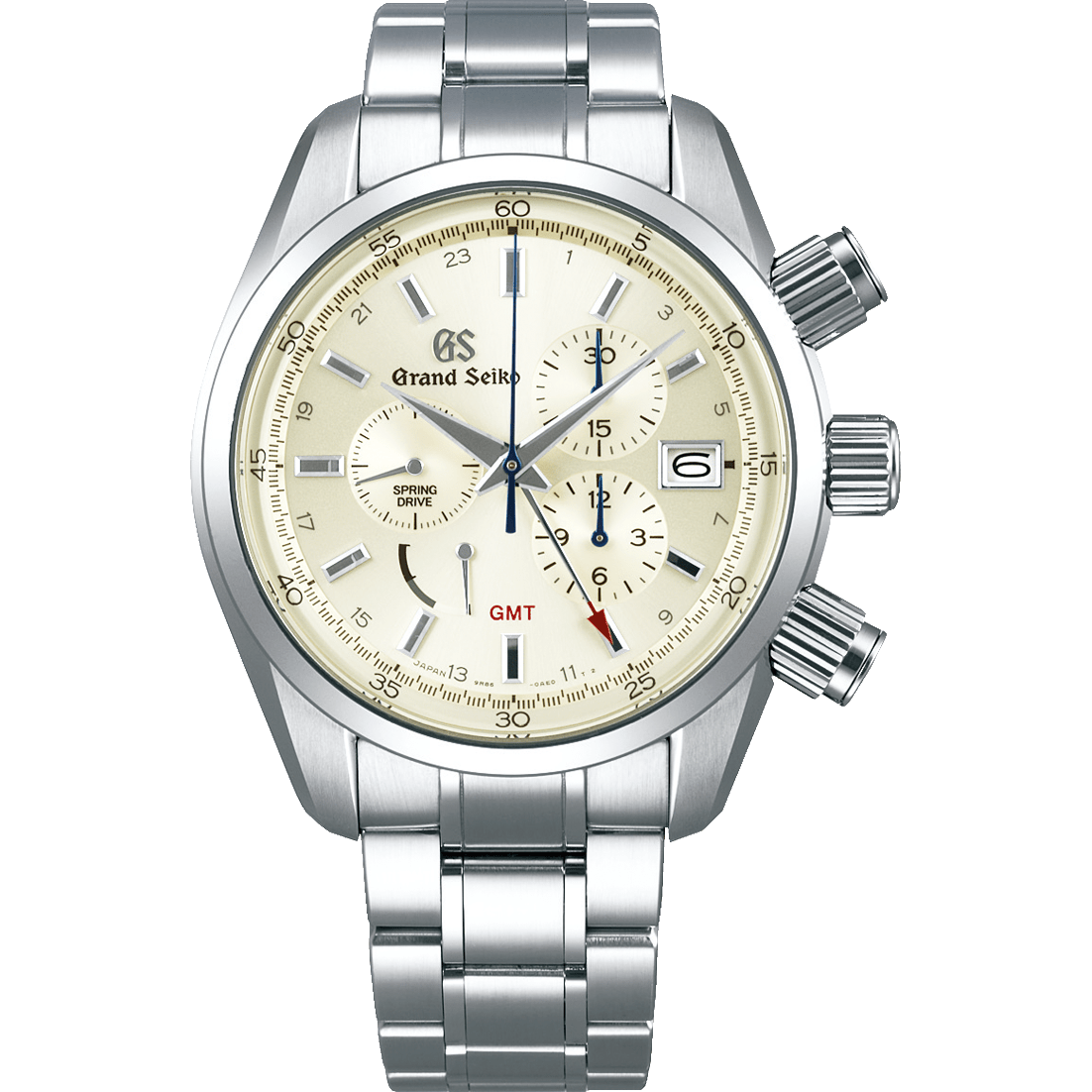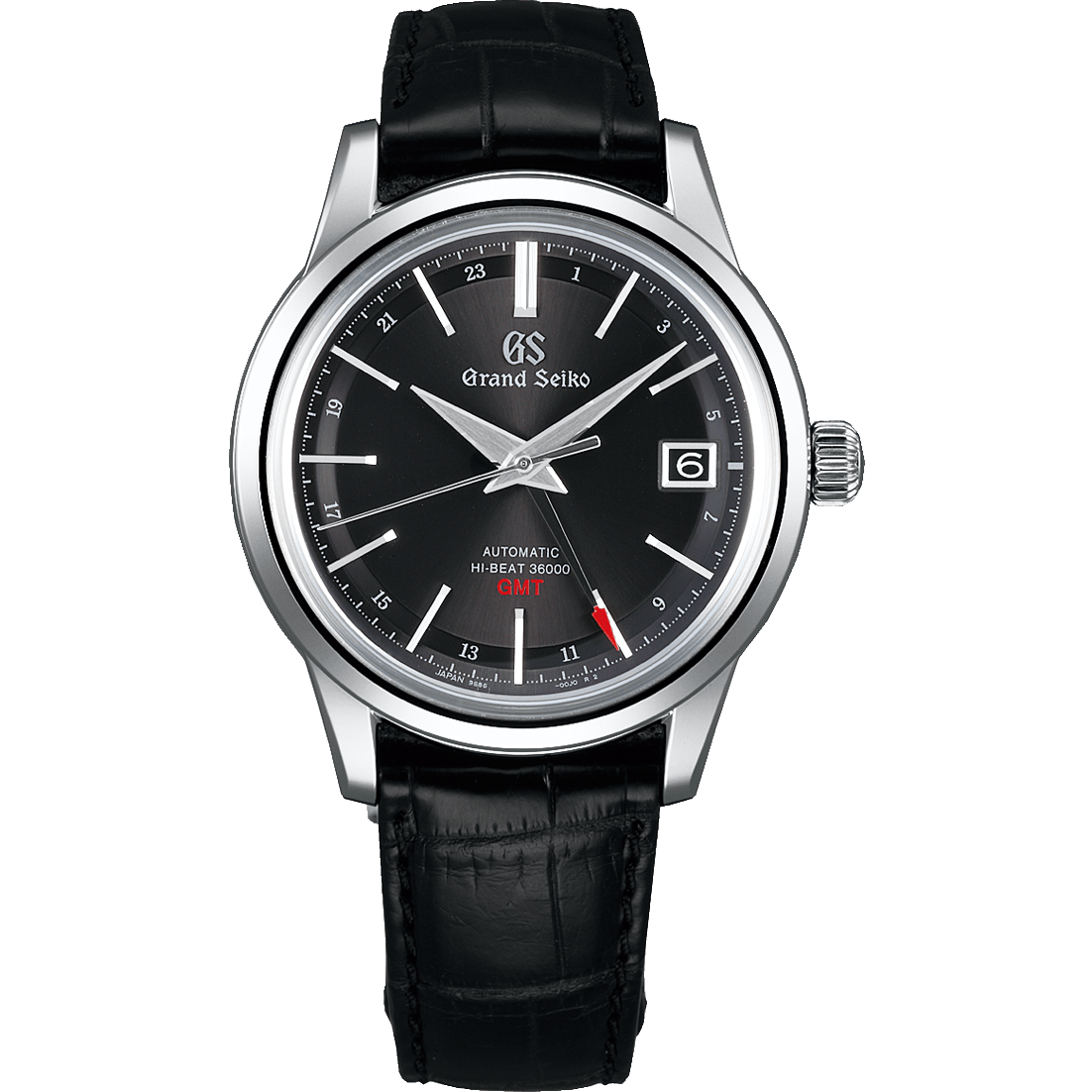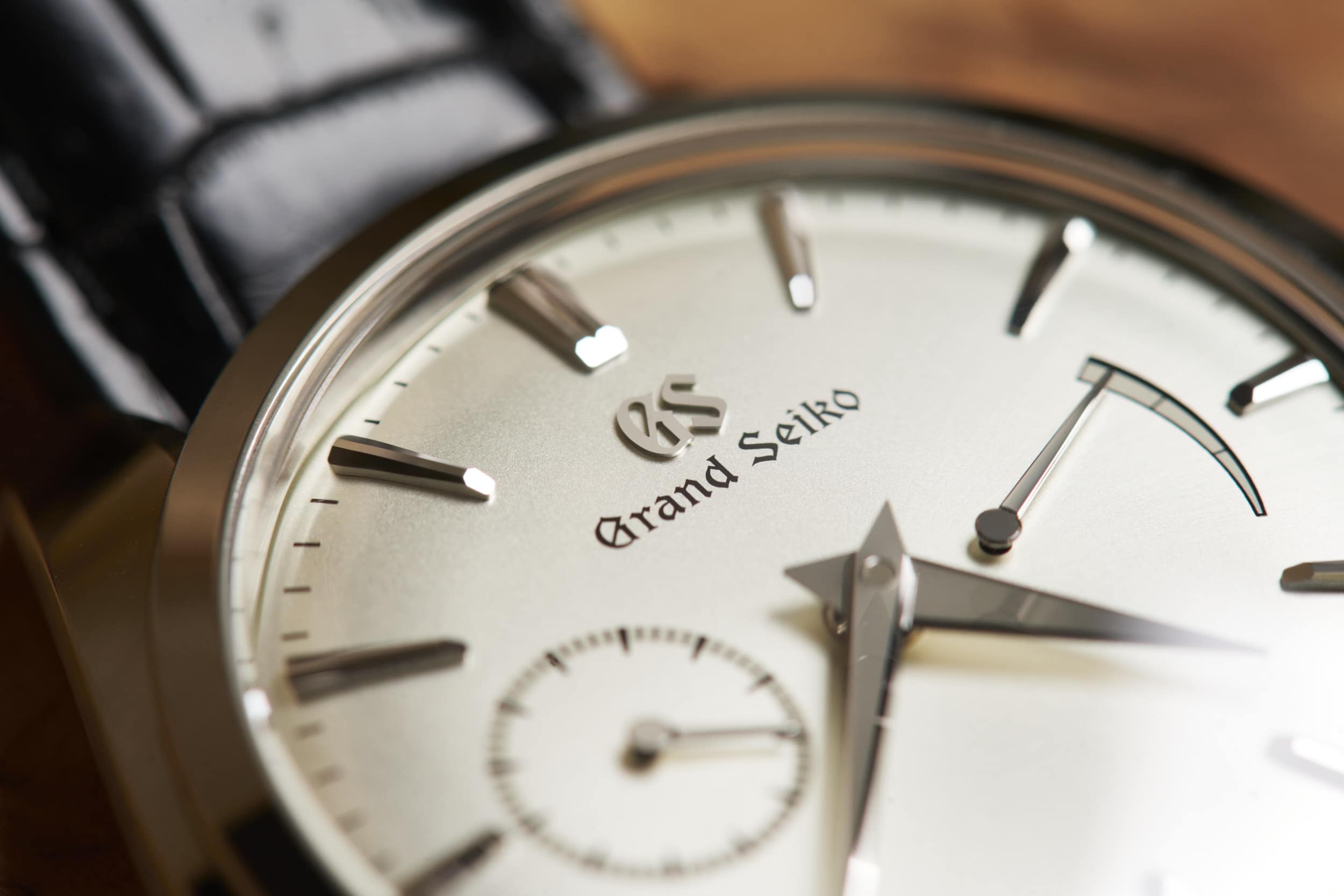
The dial, in many ways, is the heart and soul of a watch. It’s literally what you see when you use the watch for its most basic function: telling the time. A good dial allows you to do this easily and quickly but rewards the owner with fine details that can be discovered and enjoyed over time. Grand Seiko are experts at crafting dials that match the precision and visual interest of their cases, but in a way that often reveals itself slowly.
All of the Grammar of Design characteristics that define Grand Seiko case design can be applied to dials as well, and when this happens it creates a synergy between the case and watch that is crucial to the watch’s enjoyment. When every facet of the dial is made to the same standard and in the same way as the watch’s case, it underlines the idea that there is a cohesive principle at work behind the entire watch. Just as case sides are polished to a mirror shine, so is much of the dial furniture. Everything from the hands, hour markers, and even the frame surrounding the date window is given an exacting treatment that makes individual details pop when you least expect them to.
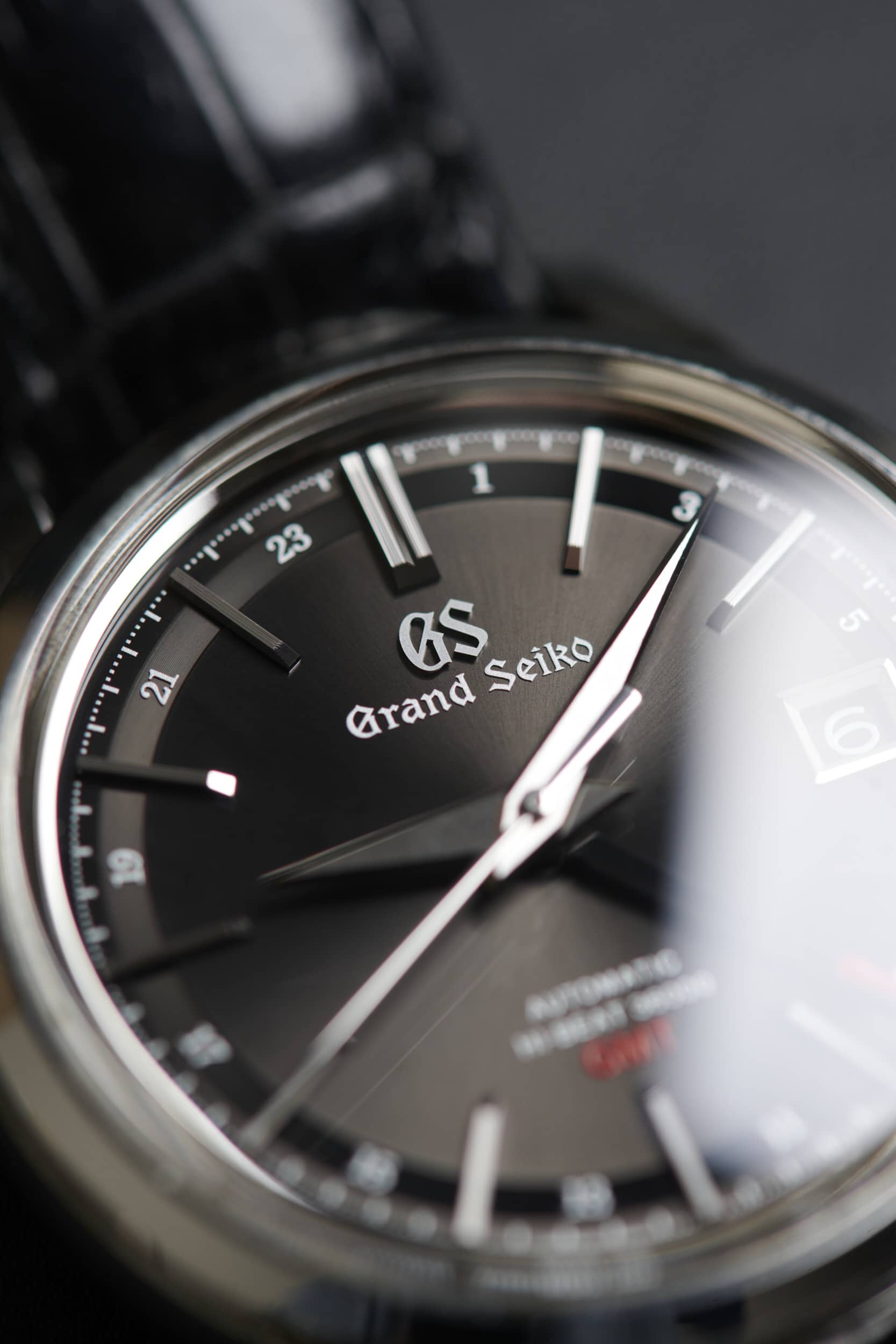
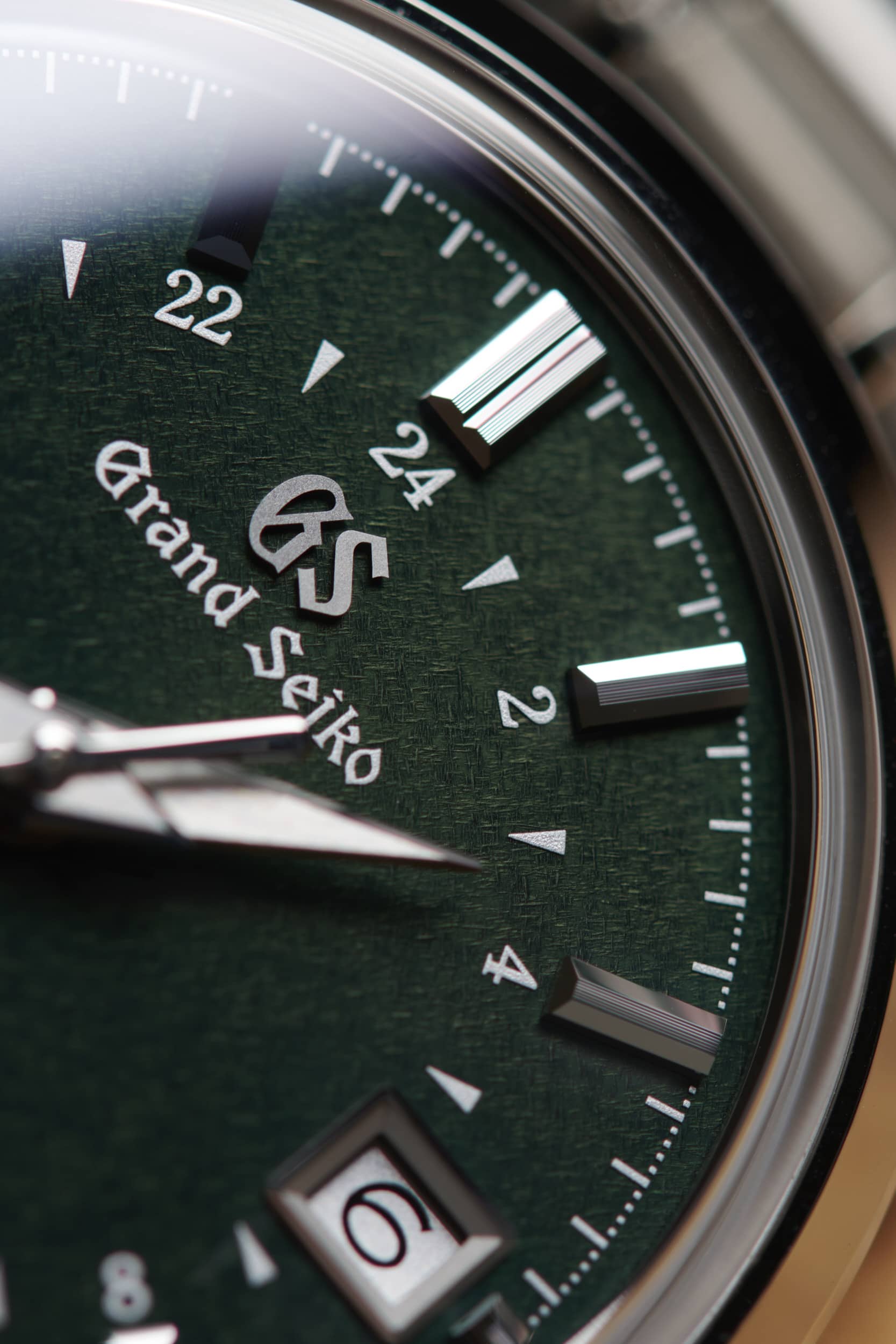
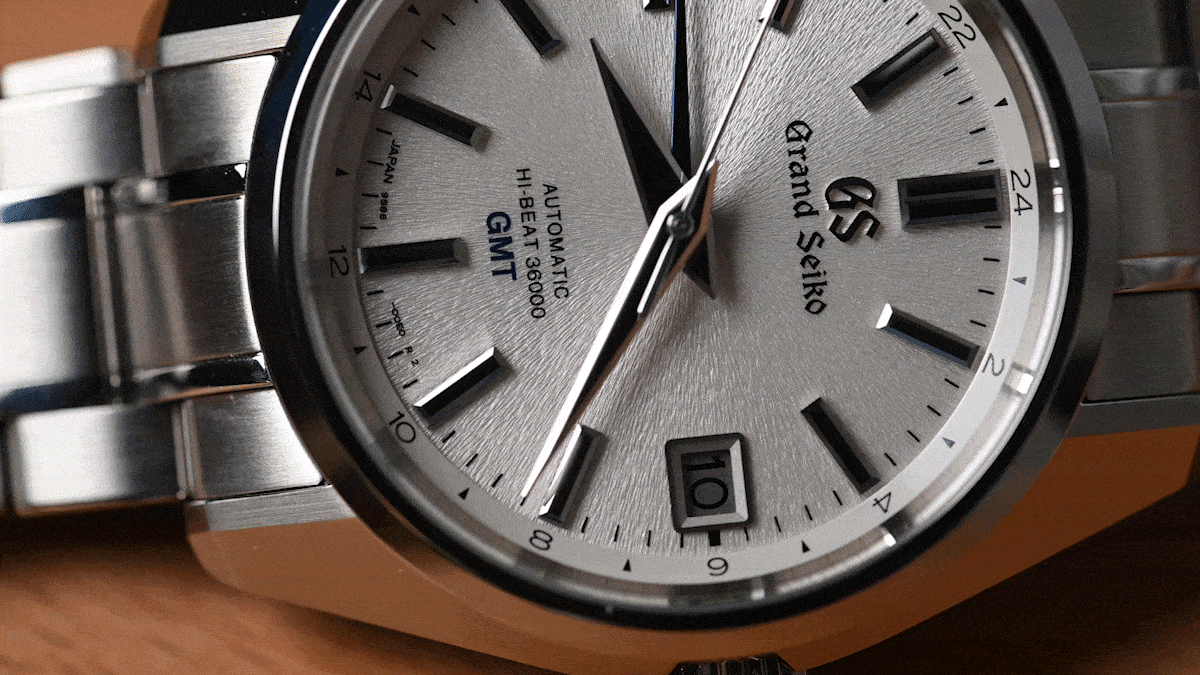
Grand Seiko dials, of course, are more than just a place to read the time, and an assemblage of finely crafted markers and hands. These dials frequently tell a story through intricate patterns applied to the dials themselves, and an inventive use of color. Grand Seiko frequently takes inspiration from the natural world, whether in the ridges of Mt. Iwate or the crunch underfoot after the season’s first frost.
To achieve the fine details and textures in their dials, Grand Seiko uses precision molds, some of which are carved by hand, to apply patterns to the dials, which are then finished, frequently with a lacquering process that results in surfaces that have an uncommon depth and present very differently depending on how light hits it at any given moment. The final result is a dial that is not only pleasing to the eye but helps tell the story of Grand Seiko from a cultural point of view, evoking nature and highlighting the grand history of watchmaking in Japan along the way.
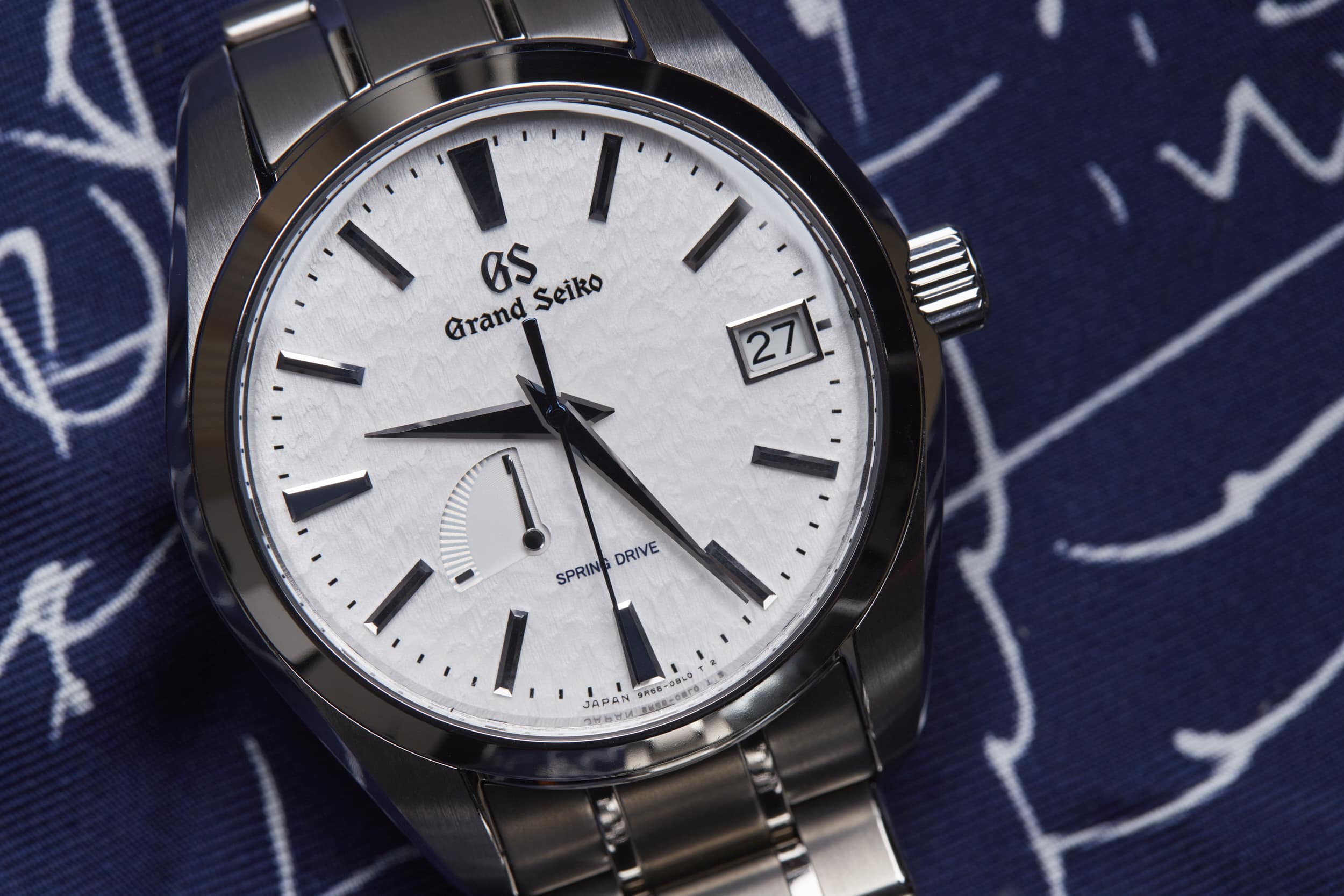
Grand Seiko’s latest “Seasons” collection, consisting of two watches outfitted with the 9S86 hi-beat mechanical caliber with a GMT complication and two watches with the similarly equipped 9R66 Spring Drive movement, highlight Grand Seiko’s ability to convey abstract concepts through elaborate dial work, while still producing watches that are inherently practical for everyday life. Each watch in the new Seasons collection features a textured dial to represent a distinct sekki, or Japanese micro-season.
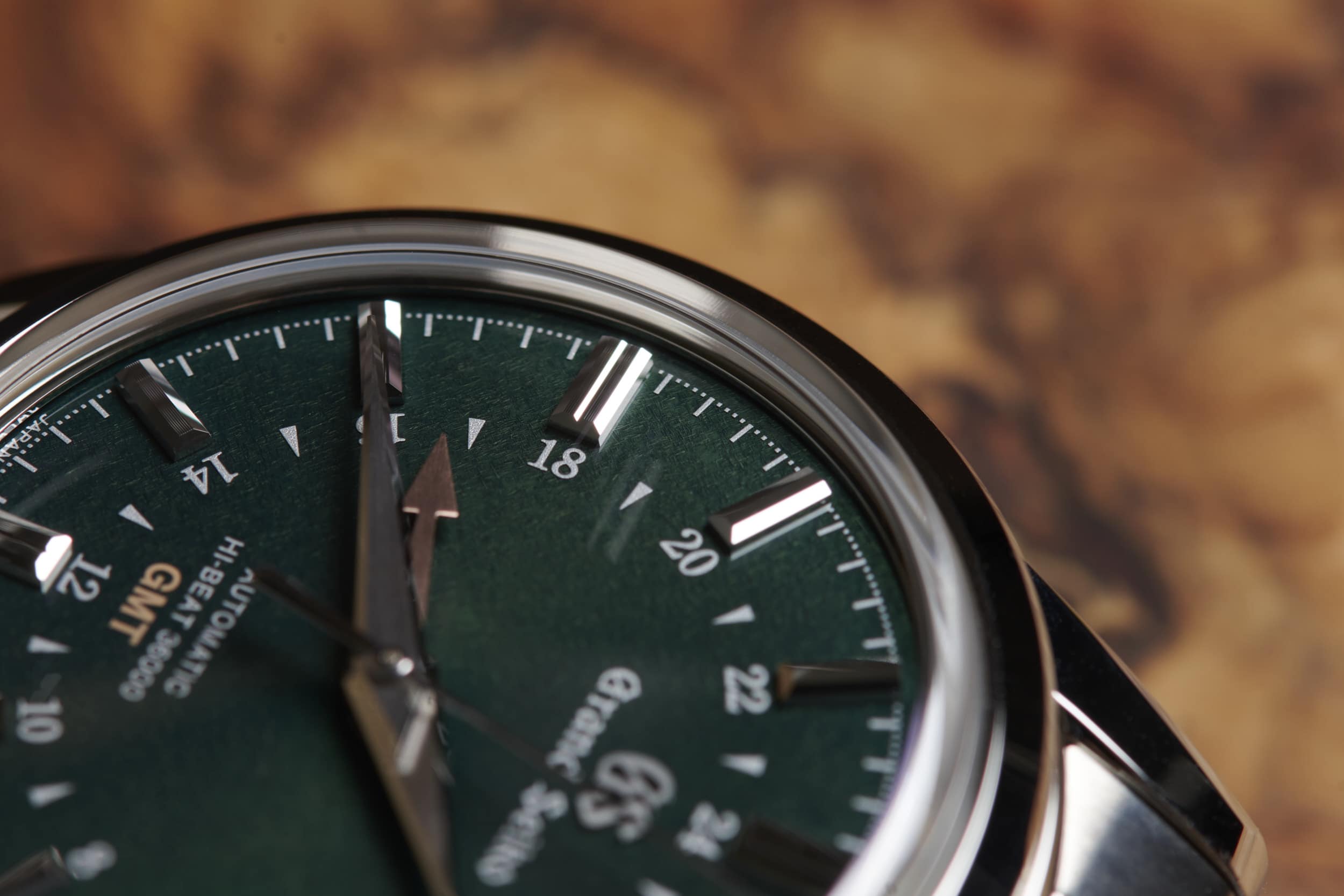
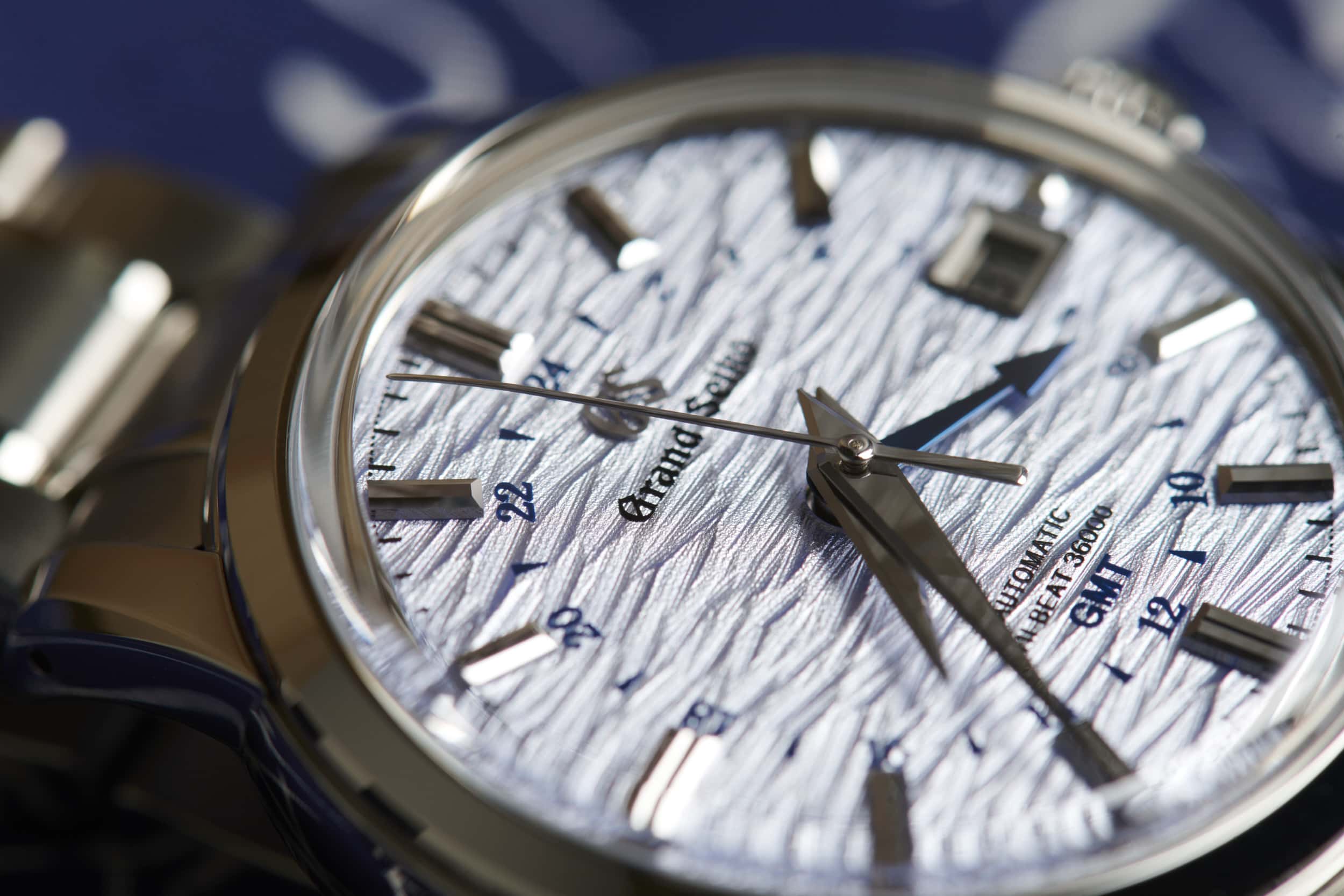
The Shunbun dial, reference SBGJ251, represents spring with a verdant green and gold accents that are meant to evoke the Spring Equinox. Shosho, the summer reference numbered SBGJ249, has a light blue color in a textured wave pattern that recalls the calm after the Japanese rainy season. The fall dial, Kanro, SBGE271, takes a familiar cloud-like pattern that Grand Seiko has used in previous references turns it black, giving it new life and a very different impression, bringing to mind the increasingly dark night sky as we head into winter. The SBGE269, or Toji, has a stark white dial with a subtle grain texture that, matched with a gold-tone GMT hand, evokes a late afternoon winter sunset.
Grand Seiko’s consistent expression of classic Grammar of Design principles meets a new generation of watch design with the SLGH005, otherwise known as the “White Birch.” Here, Grand Seiko artisans have applied all of their skill, and everything they’ve learned through generations, into a watch that represents a dramatic step forward for the brand on all fronts, from the impression of a poetic dial, the horological advancements found in a precision movement, and the precise finishing of every component part.

For anyone who interacts with the White Birch, the most striking single feature is the dial. The design is inspired by the shirakaba, the white birch tree that is common to Shizukuishi, home of the Grand Seiko studio where these watches are crafted. The goal of the team that created the White Birch was to impart the feeling one gets when encountering the shirakaba in real life, and the only way to do that is with extremely precise and uncompromising detail.
The deep texture of the white dial is obvious to the naked eye and can be easily noticed and appreciated from a distance. But examining this dial under magnification reveals unequaled attention to detail. The large ridges running up and down the length of the dial are just the first layer of texture, as at closer inspection you’ll find micro ridges within ridges, shaped, and angled to reflect light and mimic the irregularities found from tree to tree in an actual forest. The dial invokes shade and sunlight, open space, and tight corners. It almost feels alive, just like the forests outside Grand Seiko’s Shizukuishi studio.
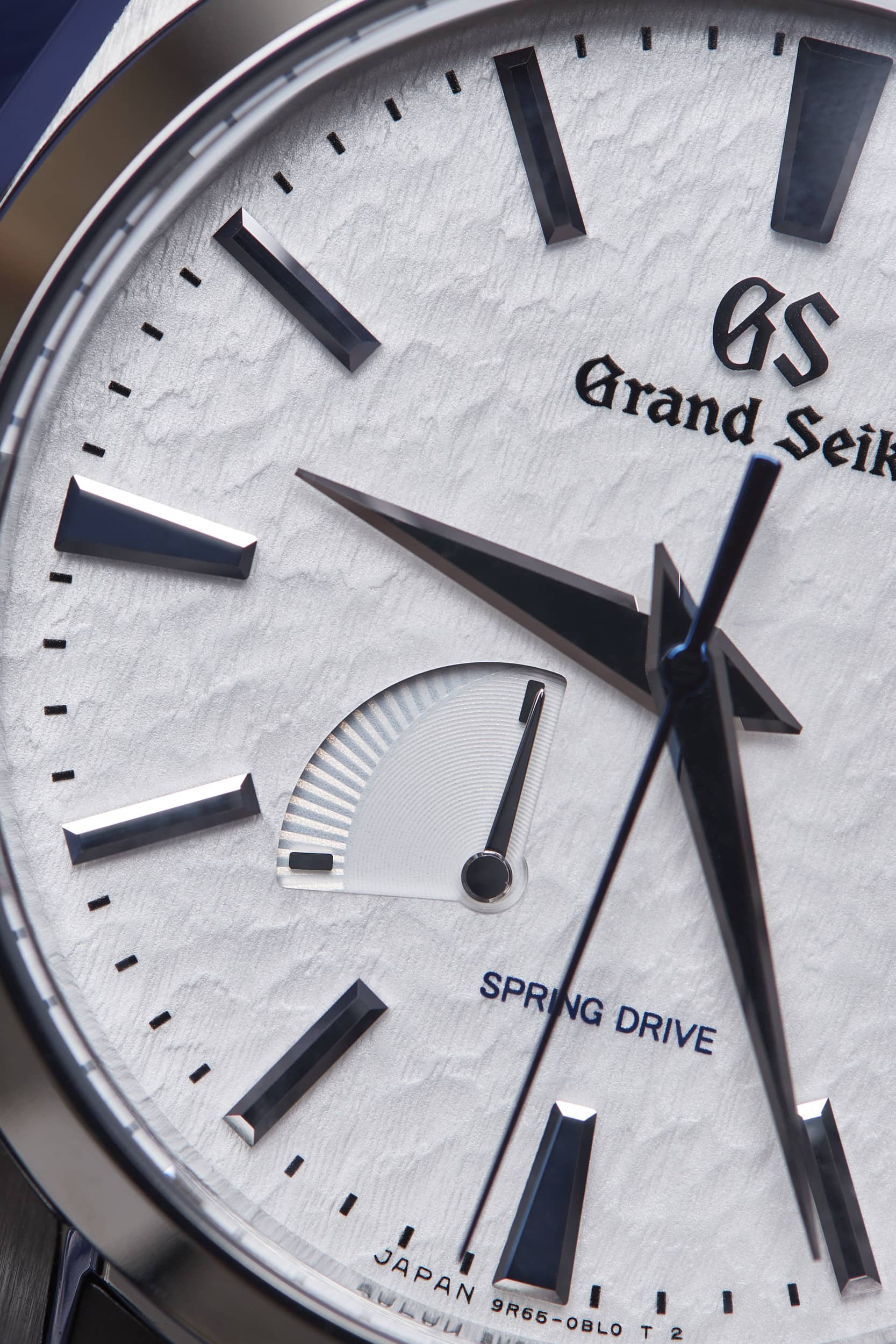
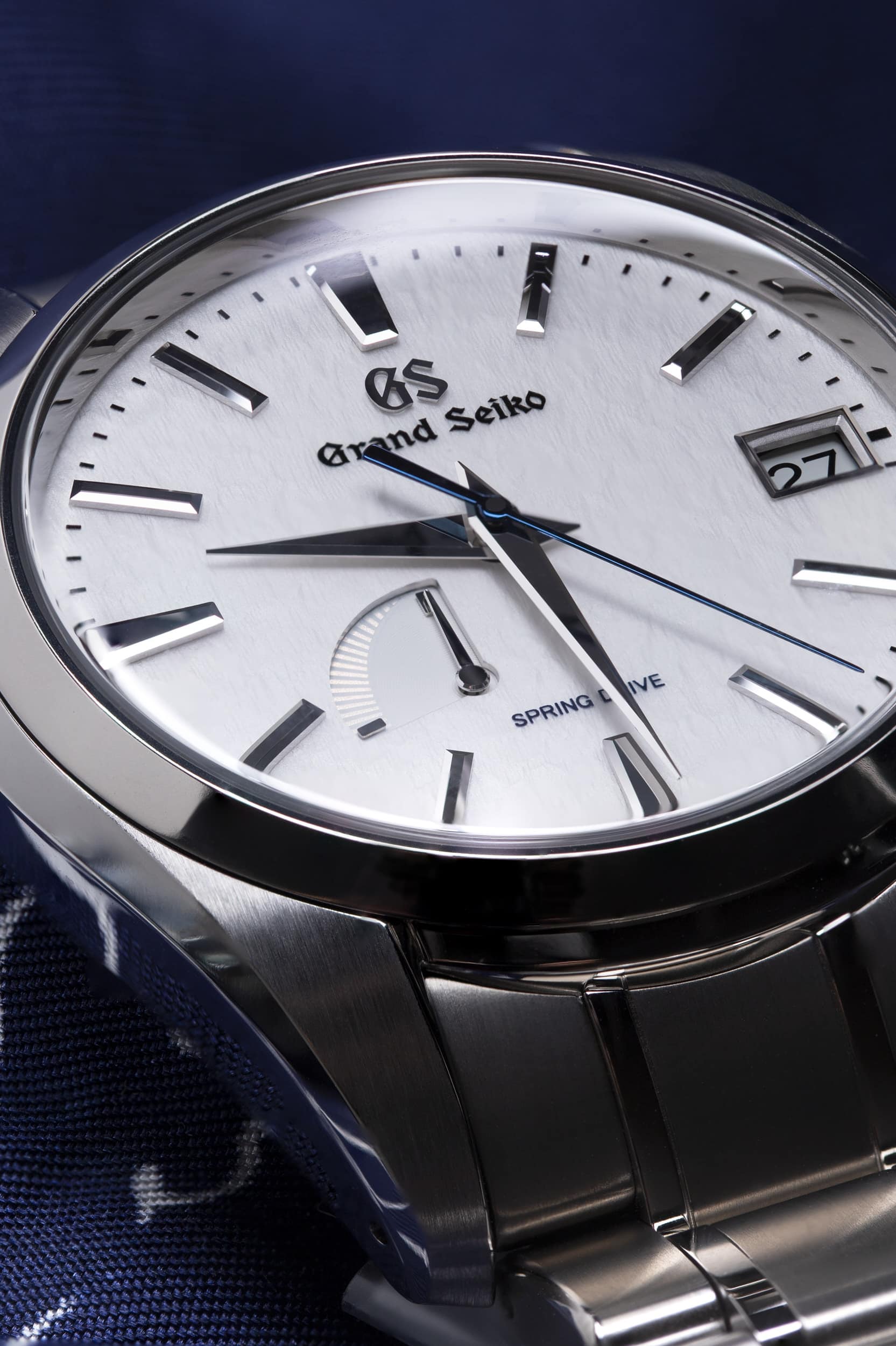
Longtime admirers of Grand Seiko are familiar with the brand’s habit of using nature for inspiration, even if there has never been a watch quite like the SLGH005 in the collection. The White Birch is intrinsically connected to another watch that’s become something of a modern Grand Seiko classic, the SBGA211, also known as the “Snowflake.” The similarities, on one level, are obvious.
The Snowflake uses texture in a similar way across a white dial, and while it imparts a very different feeling (the barrenness of a winter landscape is far removed from a birch filled forest), the execution is similar, and set the table for a run of watches over the past several years that fuse ideas inspired by the natural landscape, the changing of the seasons, and unique aspects of Japanese culture into dynamic, visually rewarding watch dials.
A dial, of course, is more than just a dial, it’s also the way that it interacts with the hands and hour markers. As Grand Seiko owners know, these are never an afterthought, and the White Birch offers hour markers and hands with complex facets that reflect light and complement the texture of the dial in magnificent ways. On the White Birch, the hour markers are quite substantial, as you’d typically find in a dedicated sports watch, but have been fashioned in an elaborate way that underscores the craft inherent to Grand Seiko.
Each marker is diamond cut and polished, achieving a similar impact as the Zaratsu finishing on the case itself, with wide faceted sides and sharp angles that are accentuated by the U-shaped chasm running through each marker (the 12:00 hour marker is larger and has a double indentation, setting it off from the rest of the markers). Typical of Grand Seiko, the hands are oversized and diamond cut and polished as well, and match the aesthetic of the markers perfectly. Depending on the underlying dial design, hands might be brushed or high polished, always with crisp transitions between each facet.
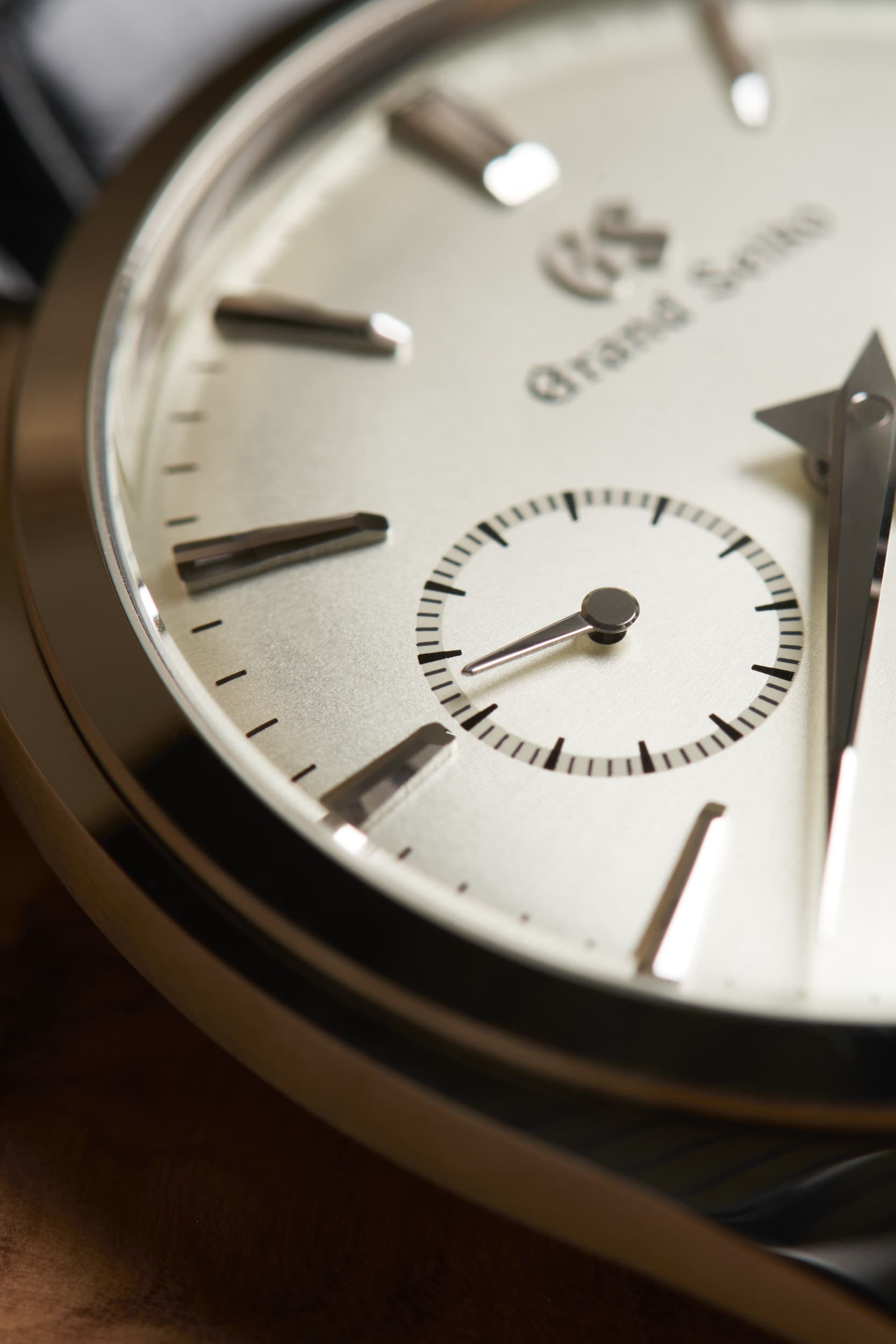
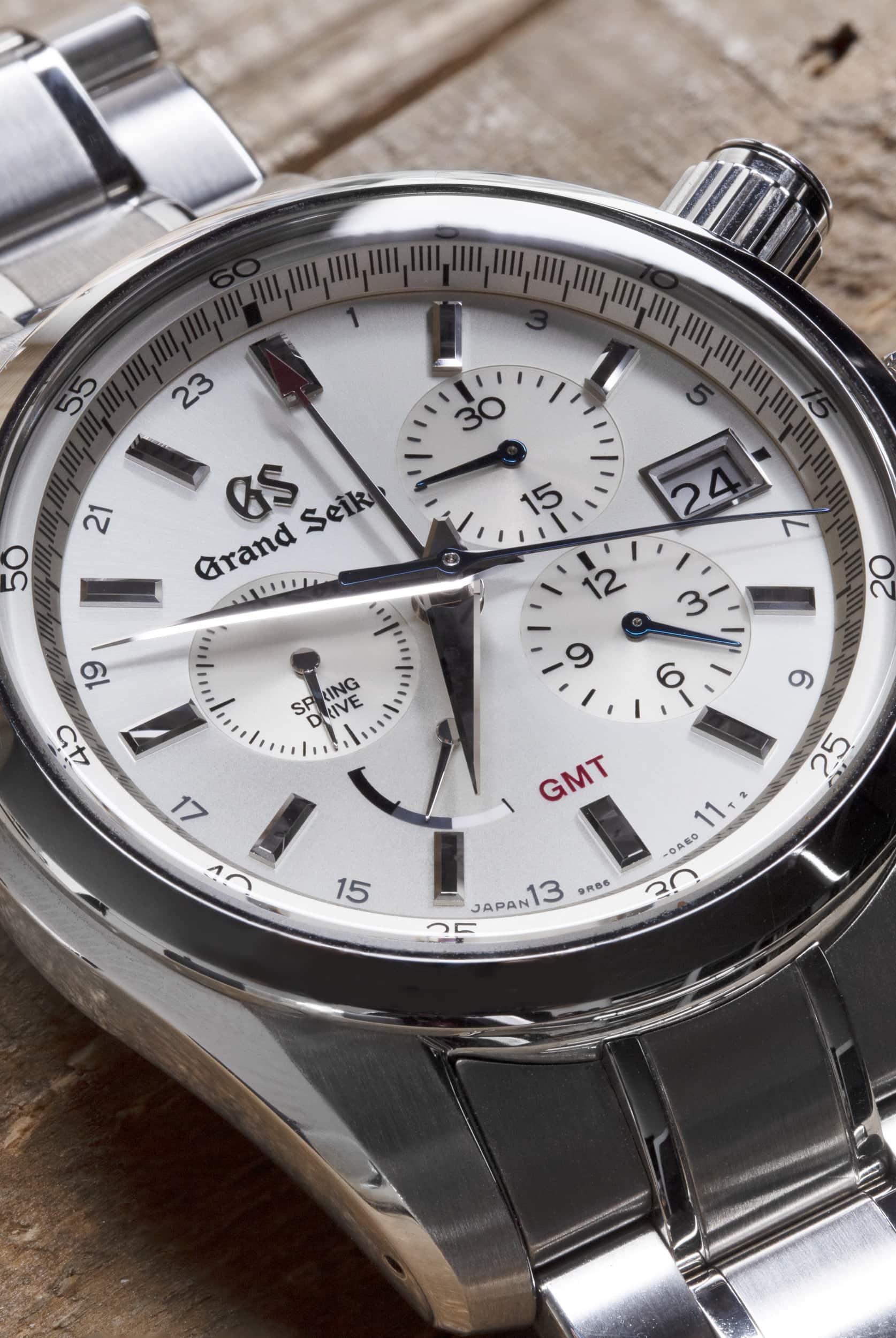
While we can highlight each key element that goes into making a Grand Seiko individually, there’s no doubt that it takes a combination of all three together to produce a watch of the highest order and quality. The case, dial, and movement must ultimately work in harmony together, or the watch will not work, and won’t be worthy of the Grand Seiko name. A priority placed on advancing watchmaking techniques using the latest technology and manufacturing processes with a respect for the skill and craft of traditional watchmaking, and simply creating the most beautiful and functional objects possible is at the core of Grand Seiko, whether it’s a sporty watch powered by a 9F movement or an elegant dress watch with a hand-wound mechanical caliber.
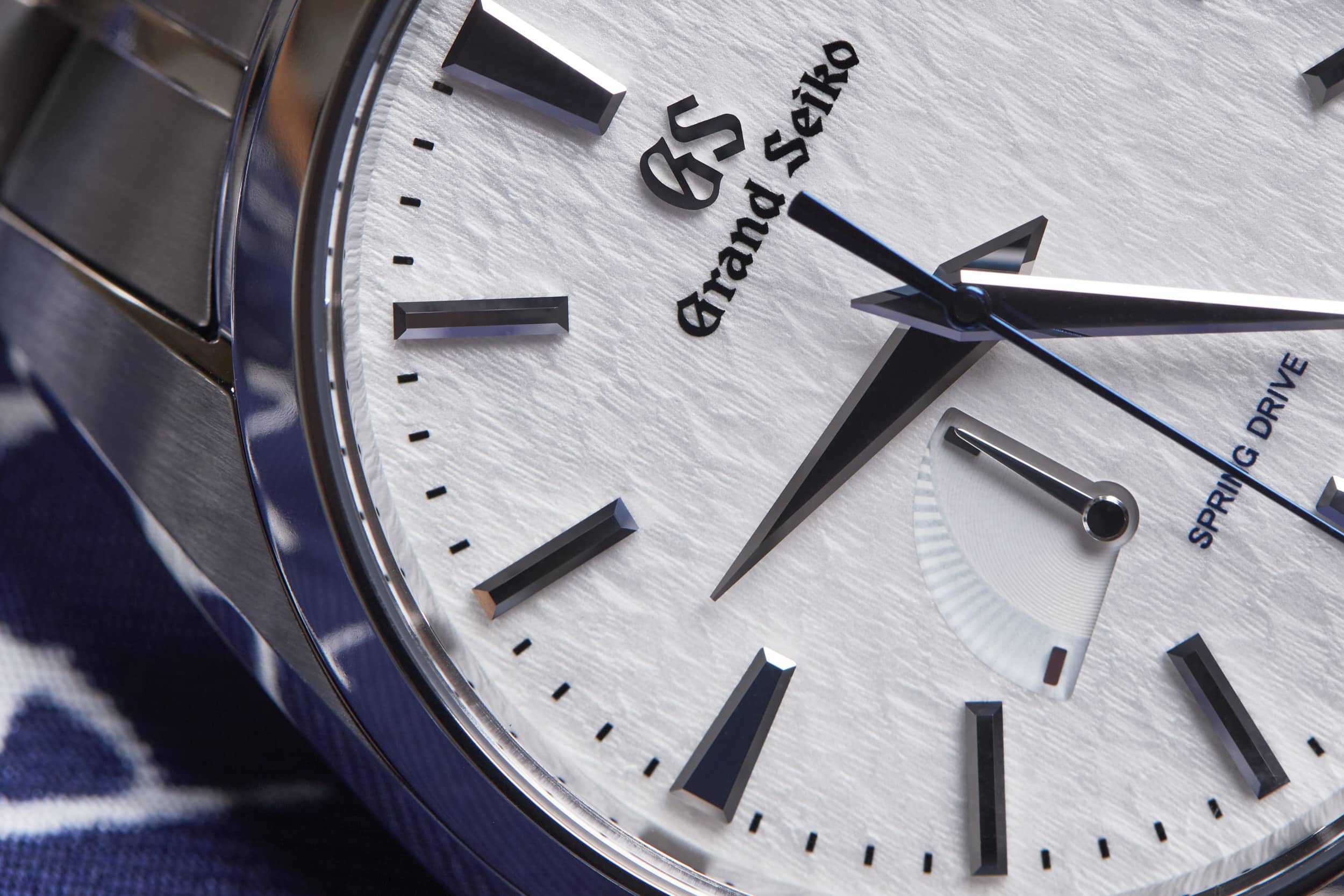









 Featured Videos
Featured Videos






